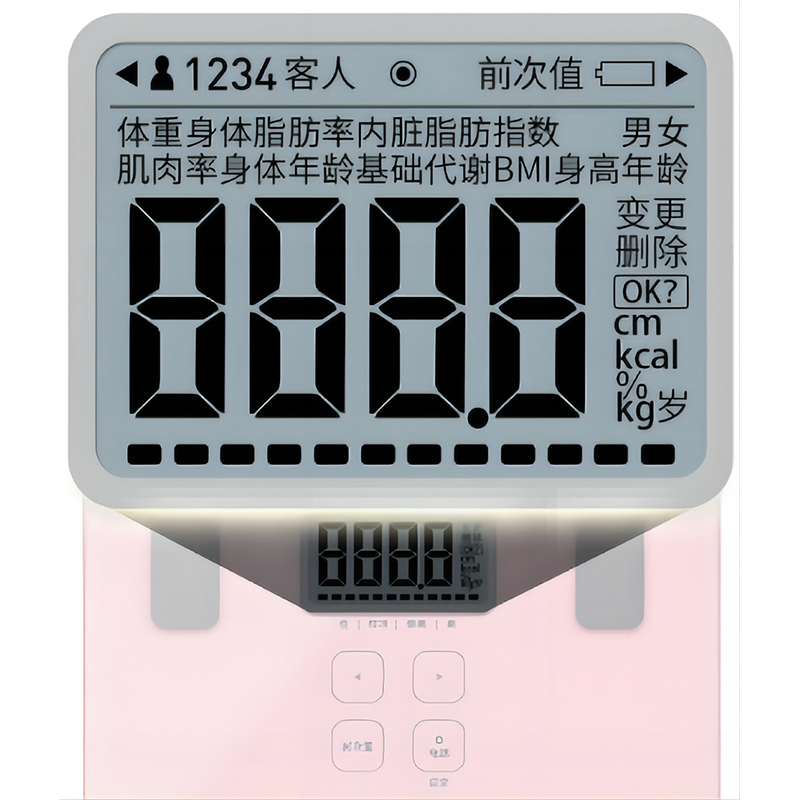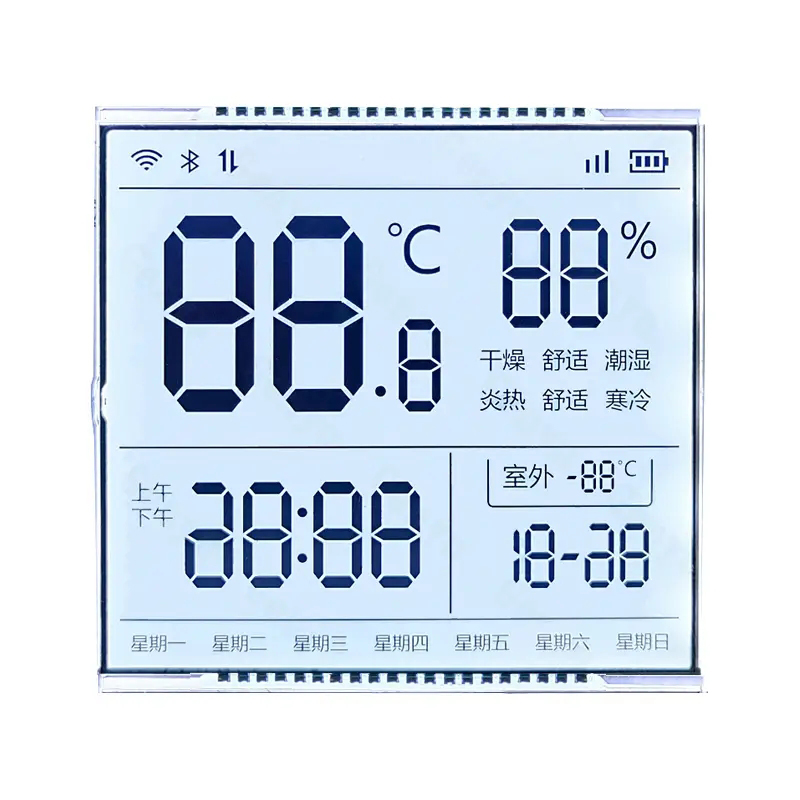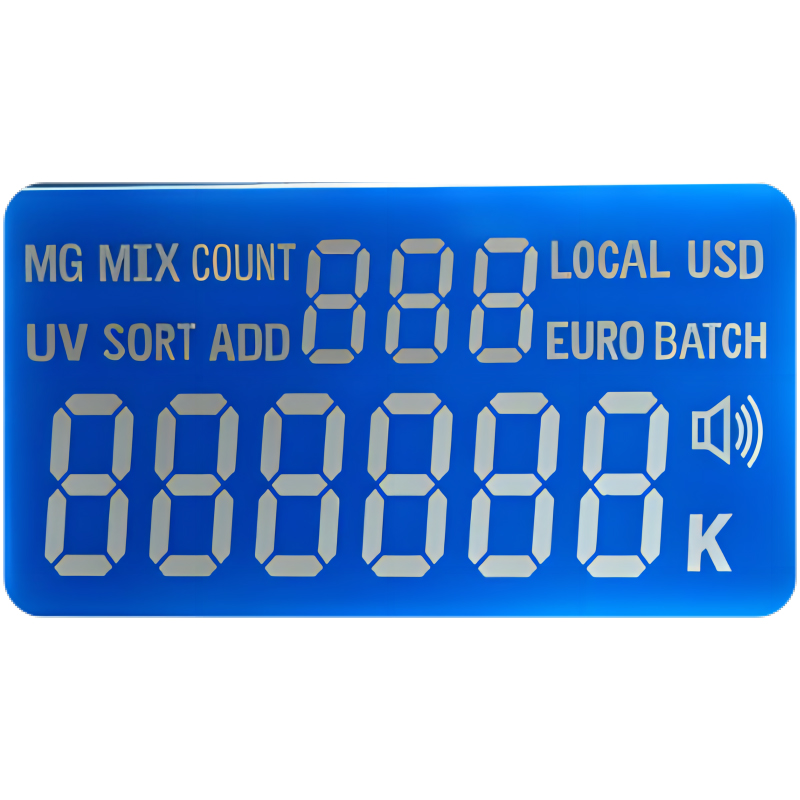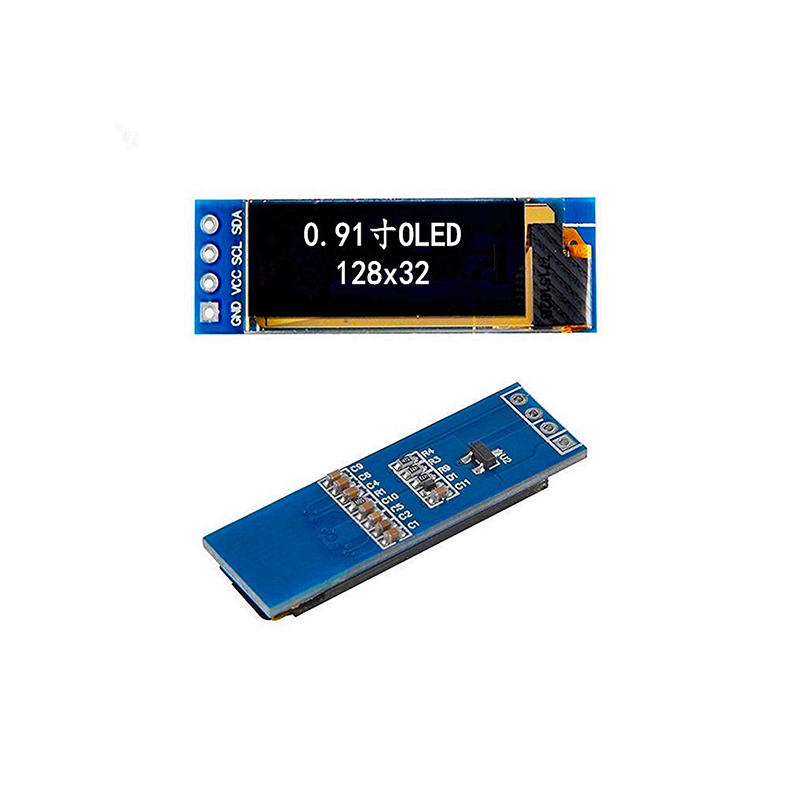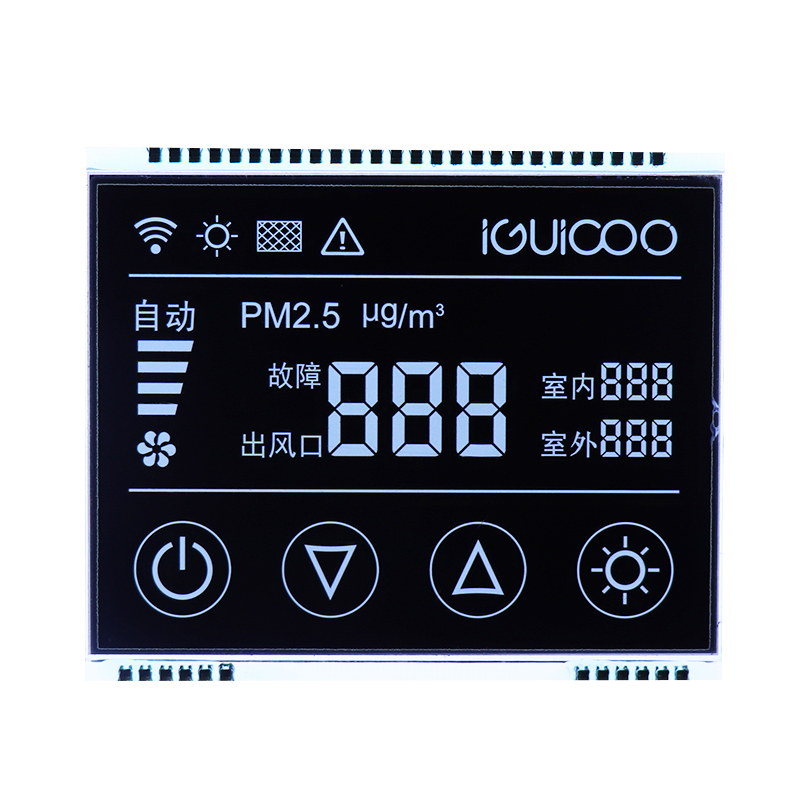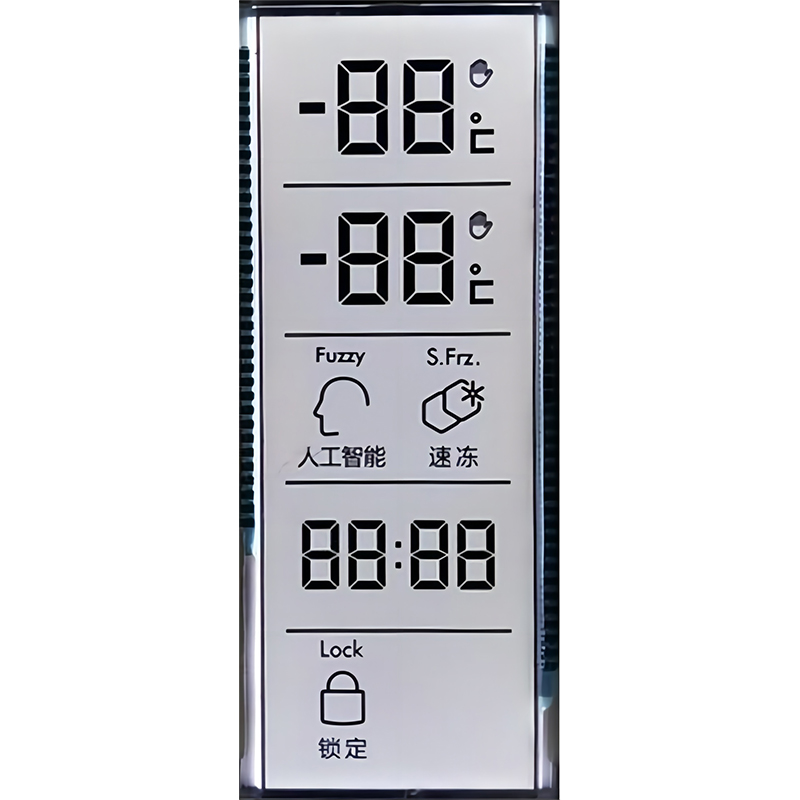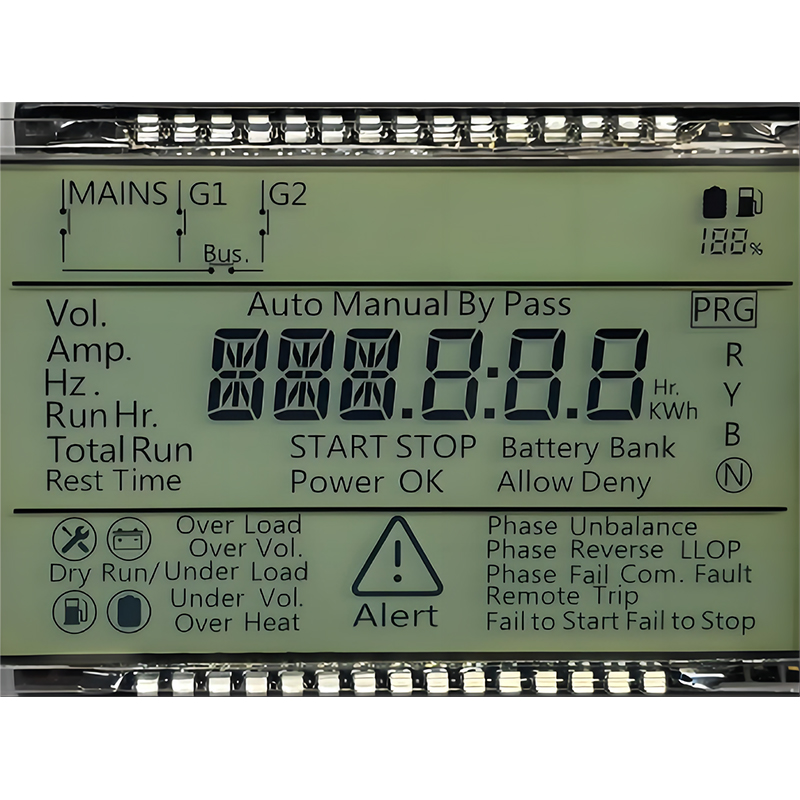
This guide explores the factors influencing the cost of AMOLED displays from a manufacturer's standpoint. We'll delve into the production process, material costs, technological advancements, and market dynamics that affect pricing. Learn how different specifications, order volumes, and technological choices impact the final cost, enabling you to make informed decisions when sourcing AMOLED display solutions.
The cost of raw materials significantly influences the overall price. High-quality AMOLED displays require premium materials like OLED emitting layers, substrate materials (glass or plastic), and various thin-film transistors (TFTs). Fluctuations in the prices of these materials, often impacted by global supply chains and market demand, directly affect the manufacturing cost of AMOLED displays. The type of substrate also plays a vital role; flexible AMOLED displays, utilizing plastic substrates, generally have a higher cost compared to their rigid glass counterparts.
The complexity of the AMOLED display manufacturing process is another major cost driver. Producing high-resolution, high-contrast displays involves intricate processes such as deposition, patterning, and encapsulation. Advancements in manufacturing techniques, like inkjet printing, aim to reduce costs, but the initial investment in advanced equipment remains significant. Furthermore, the production yield greatly impacts cost; higher yields translate to lower per-unit costs. Manufacturers constantly strive to optimize their processes to increase yield and reduce defects.
Larger display sizes and higher resolutions naturally increase production costs. The area of the substrate required directly impacts material consumption and manufacturing time. Furthermore, higher resolutions necessitate more precise manufacturing techniques, potentially leading to lower yields and higher costs. Consider the optimal display size and resolution for your application to balance cost and performance.
Economies of scale significantly influence pricing. Larger order volumes typically result in lower per-unit costs due to optimized production runs and reduced overhead. However, highly customized AMOLED displays, with unique specifications or features, may incur additional expenses due to the need for specialized tooling and processes. Collaborating closely with your AMOLED display manufacturer to find the right balance between specifications and order size can significantly optimize costs.
Innovations like HDR (High Dynamic Range), higher refresh rates, and improved color accuracy often command a premium. These advanced features require more sophisticated manufacturing processes and higher-quality materials, resulting in increased costs. Carefully consider the specific features needed for your application; opting for more basic features can lead to significant cost savings.
Selecting a reliable and cost-effective AMOLED display manufacturer is crucial for your project's success. Consider factors such as their production capacity, technological expertise, quality control measures, and customer support. A reputable manufacturer will be transparent about their pricing structure and offer flexible solutions to meet your specific needs. For a reliable source of high-quality AMOLED displays, consider exploring options from companies like Dalian Eastern Display Co., Ltd. which offers a range of display solutions. Remember to compare quotes from multiple manufacturers to ensure you're getting the best value for your investment.
| Feature | Impact on Cost |
|---|---|
| Display Size | Larger sizes generally increase cost. |
| Resolution | Higher resolutions lead to higher costs. |
| HDR Support | Adds to manufacturing complexity and cost. |
| Refresh Rate | Higher refresh rates increase cost. |
| Order Volume | Larger volumes generally reduce per-unit cost. |
Remember to thoroughly research and compare different manufacturers to find the optimal balance between price and quality for your AMOLED display needs.

